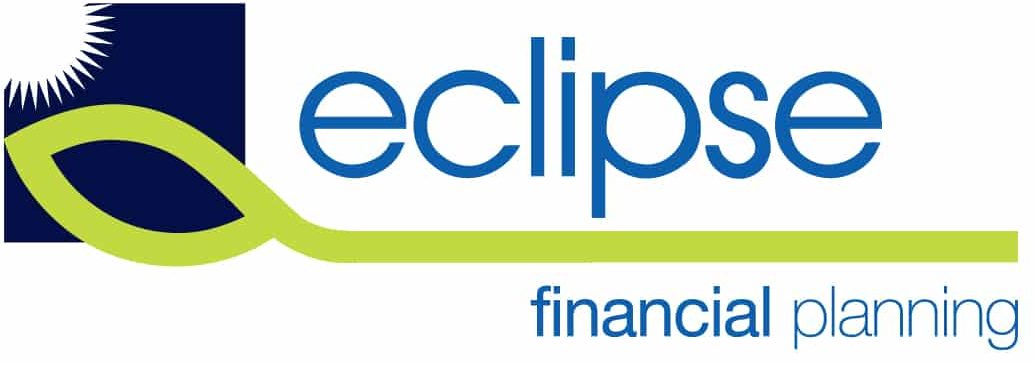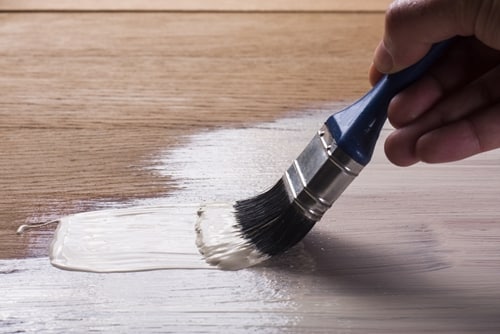Are you wondering about the benefits of property investment in the Whitsunday Shire? There may be golden opportunities to stow away your wealth for the long-term, or help you save towards some other financial goal.
As part of this, savvy investors are well on top of the long list of tax savings you make from a rental property. Next time you fill out your tax return, remember you may be entitled to claim deductions for some expenses incurred to improve your rental – including renovations. Here are some of the basics and how it could help you get the most from your investment.
How does it work?
Importantly, you can only make a claim for expenses collected while the property has been leased, or advertised for rent. Basically, you subtract them from your total income – this leaves you with a taxable amount. The Australian Taxation Office sets out that you can apply for a deduction on, among other things, council rates, insurance, land tax – the list goes on. You can even fill in the form if you’re just renting out a portion of your home, but this needs to be done carefully. Normally it’s judged by floor-area, or the spaces in your home that your tenant occupies on their own.
What renovations can I claim?
At some point along the line, you might want to make a couple of changes to your investment property – particularly when the alterations can add value and appeal to tenants over the long-term. These are what’s known as capital works. It might mean basic improvements, like cosmetic projects or room makeovers, or bigger structural additions or extensions.
There are a couple of points to note. For one, the ATO sets out that you might be able to claim a deduction for building costs over a 25-year or 40-year period – that is, a 2.5 per cent deduction each year over the 40 years after construction has finished. To make the claim you’ve got to have a selection of details at hand – this will make sure your claim goes smoothly and you receive all the tax savings on offer.
What information will I need to provide?
If renovations are on the cards, note down when work started, the type of building work undertaken, as well as information about the people or services that did the work. Once construction has finished, make a record of the completion date and the total sum for of construction costs. If you don’t have this information on hand, you can get it from: a surveyor, the supervising architect, a clerk of works or a builder who is proficient at estimating costs.
Be sure to take these tax savings into account when having a chat with a mortgage broker or bank in the Whitsunday Shire.

